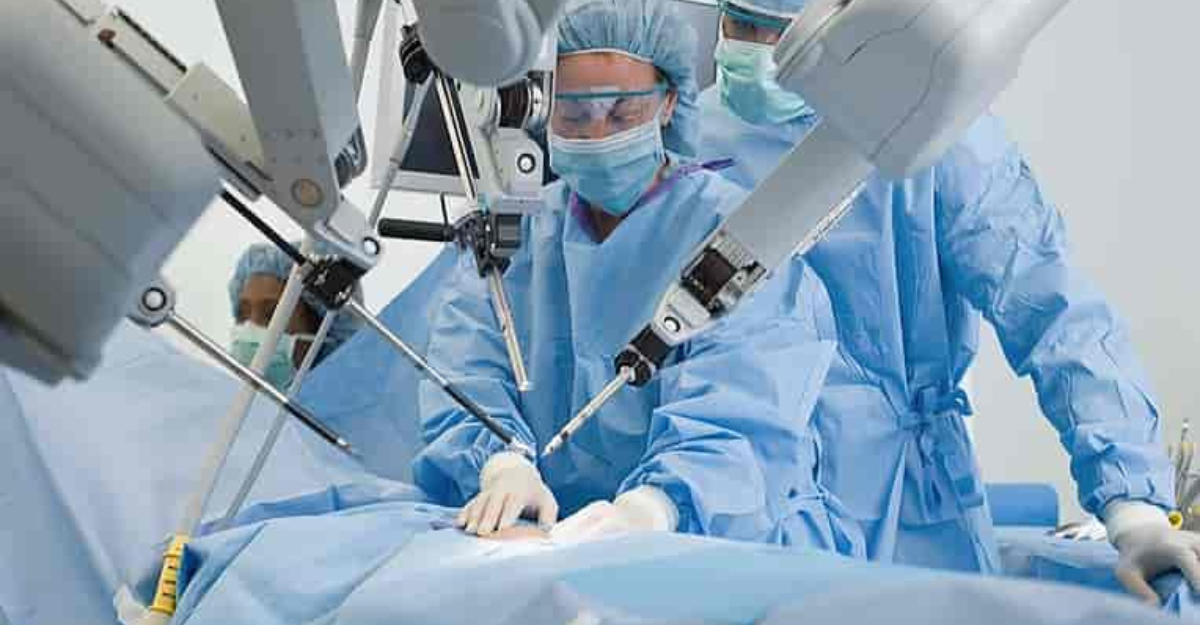The advancement of technology has revolutionized the medical field, offering new and improved techniques for diagnosing and treating diseases. One such development is robotic esophageal surgery, which offers numerous benefits compared to traditional surgical methods.
Advantages of Robotic Surgery
Robotic surgery offers improved precision, dexterity, and control compared to traditional surgical methods. This leads to reduced scarring, faster recovery times, and less pain for patients. Additionally, robotic surgery is minimally invasive, meaning smaller incisions and reduced risk of infection.
Esophageal Conditions Treated with Robotics
Robotic esophageal surgery can be used to treat a range of conditions including gastroesophageal reflux disease (GERD), esophageal cancer, and achalasia. During these procedures, the surgeon controls the robotic arms to perform the necessary actions, while viewing the surgery through a high-definition 3D camera.
Recovery and Outcome
Patients who undergo robotic esophageal surgery typically have a faster recovery time compared to traditional surgical methods. They also experience less pain and a reduced risk of complications. Additionally, the improved precision of the surgery can lead to better outcomes, with less scarring and a lower risk of reoccurrence of the original condition.
Conclusion
In conclusion, robotic esophageal surgery is a promising and innovative approach to treating gastrointestinal conditions. With its numerous benefits, including improved precision, reduced invasiveness, and faster recovery times, it is a crucial development in the field of gastrointestinal surgery. If you need esophageal surgery, it is important to discuss the option of robotics with your doctor.

